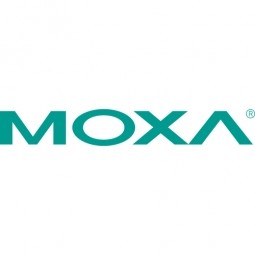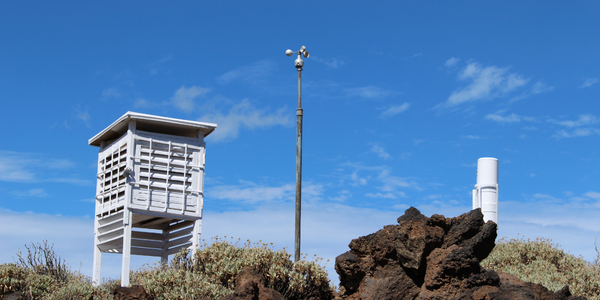Protocol Conversion and Front-end Data Processing The data collected by a typical unmanned weather station includes temperature, rainfall and snow accumulation, air pressure, humidity, and ultraviolet intensity. One of the tasks that the UC-7420 unit must handle is protocol conversion, since there is no guarantee that the devices collecting the weather data all use the same protocol. In addition, the UC-7420 can be used to do preliminary data processing before downloading data to the central computer. MOXA's UC-7420 is ideally suited for these tasks, since the user can easily embed a C program that is custom written for the devices used at the station. If future changes involve adding or removing devices, the programmer simply needs to modify the C code, recompile it, and then download the executable program over the network to the UC-7420 unit. Connecting to the Network and the Internet In addition to being programmable, the UC-7420 also offers users an array of connection options. To begin with, data entering the serial ports from attached sensors can be processed and then forwarded through one or both of the dual Ethernet ports to the LAN. One of the serial ports can also be connected to a V.90 or GPRS modem for PPP connections, and a PCMCIA port is available for installing a wireless LAN card for 802.11b/g networks. By including multiple connection options in the UC-7420's design, user's gain the flexibility needed to connect from virtually anywhere. Combinations of connection types can also be used to provide redundancy. For example, if unavoidable network problems cause an interruption in service, the user can connect by modem. CompactFlash Storage Space One of the dilemmas faced when creating a "small" computer is how to provide users with adequate storage space. For unmanned applications, it is best if the storage device does not contain moving parts. Although hard drives may seem to last forever for day-to-day use, we cannot make this assumption for continuous use at remote locations. The UC-7420 overcomes this problem by providing a CompactFlash slot. If needed, flash memory cards with storage capacity of up to several gigabytes can be used to store data until it is convenient to transfer the data to a central computer.
Read More




